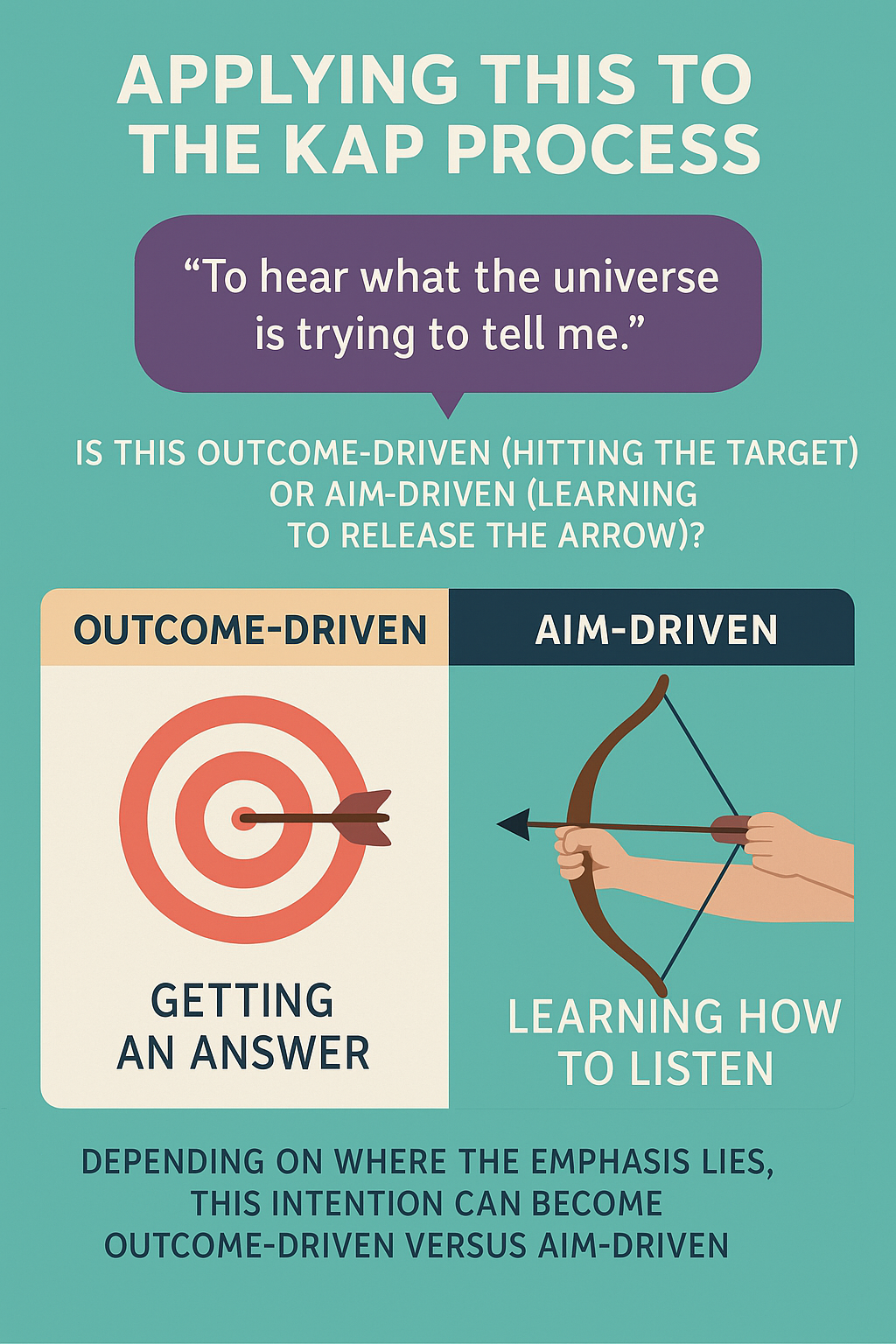
Intention Setting in Ketamine-Assisted Psychotherapy
Setting an intention in Ketamine-Assisted Psychotherapy (KAP) is a foundational part of the process. Yet being asked to identify an intention isn’t always simple or straightforward. Many people seek KAP because they feel disconnected from their own direction, clarity, or sense of self. Being asked to generate an intention can highlight this struggle.
However, this challenge also offers opportunity. In learning how to set an intention for KAP, many people discover how to set intentions in other areas of life as well.
What Does It Mean to Set an Intention?
At its most basic definition, an intention is an aim or plan. In psychotherapy, we might refine that to an inner aim or direction. But even this can feel incomplete.
What arises in a ketamine journey is often unexpected. Beyond standard preparation—safety, dosage, setting, and the therapeutic relationship—planning what should happen during the ketamine session can create a paradox. The more tightly we hold a plan, the more likely the experience will move in its own direction.
Many people who come to KAP to ease depression or anxiety carry longstanding habits of trying to control outcomes. Ketamine’s healing potential often lies in helping someone loosen their grip on this control. So an inner plan with a higher likelihood of supporting healing may be one that involves gently letting go.
Ketamine often teaches through paradox.
Taking this into account, a helpful definition of intention setting in KAP is this:
To cultivate an inner aim.
Let me explain why.
Zen and the Art of Archery
In Zen and the Art of Archery (1948), Eugen Herrigel describes his long and often frustrating journey learning Zen archery in Japan. His main lesson offers a powerful lens for intention setting in KAP:
The goal of archery is not to hit the target. The goal is to properly learn how to aim and release the arrow.
This is where intention becomes less about achieving a specific outcome and more about cultivating a way of being.
Aim and Release
Herrigel’s training required profound letting go. His intention became learning how to release — physically releasing the arrow and emotionally releasing expectations of where it would land.
When he let go of expectation, his anxiety diminished. His body softened. And, paradoxically, his accuracy improved.
This is the heart of intention setting for KAP:
aim-driven, not outcome-driven.
process-oriented, not result-oriented.
Applying This to the KAP Process
Past clients have offered intentions such as:
“To hear what the universe is trying to tell me.”
Is this outcome-driven (hitting the target)? Or aim-driven (learning to release the arrow)?
It can be either, depending on where the emphasis lies.
- Outcome-driven: Getting an answer.
- Aim-driven: Learning how to listen.
Answers may appear. But if someone has never learned how to listen, the message may remain hidden. Listening is a life skill that extends far beyond the KAP experience.
(For readers exploring KAP preparation, they may find our page on psychedelic-assisted therapy helpful.)

Another Example: Reconnecting with the Self
Many clients come to KAP hoping to “uncover” or “reconnect” with deeper or forgotten parts of themselves. An intention might be:
“To reconnect to myself.”
Again, this holds both outcomes and aims.
- Outcome-driven: Finding a lost part.
- Aim-driven: Learning how to connect.
Often a part of self becomes hidden beneath shame, fear, judgment, or old narratives. The word “shame” has roots in Old English and Germanic origins meaning “to cover.” If shame covers the self, the work of intention becomes gently uncovering.
This uncovering may involve compassion, reduced self-judgment, or a willingness to meet one’s own pain with softness. When this inner aim is cultivated, the self that has been hidden may feel safe enough to emerge naturally.
Connections may appear and fade, but learning how to connect shapes every part of our lives.
In Summary: The Intention to Aim
In Ketamine-Assisted Psychotherapy, intention isn’t a destination—it’s a direction.
We aim inward, release the outcome, and let the experience unfold its own wisdom.
We live in an outcome-focused culture that ties worth to achievement. This mindset contributes to the widespread rise in anxiety and depression. In KAP, intention setting offers a different path.
Consider shifting your intention from outcome to aim:
How might this intention help me aim with presence, curiosity, or compassion—regardless of where the arrow lands?
Learning to aim invites you to participate fully in your process, take your best shot, and accept where it goes with kindness. Even imperfection becomes part of the learning.
(For more on preparing for transformative therapy experiences, you may also appreciate our blog on integration practices.)
Discover What Intention Setting Can Open Within Your KAP Experience
If you’re curious about how intention setting can support your healing, our trauma-informed clinicians at The Catalyst Center are here to walk alongside you. Reach out anytime to learn more about Ketamine-Assisted Psychotherapy or explore whether it may be a supportive next step.
Ready to begin?
Our team specializes in helping clients approach KAP with clarity, compassion, and intention.
If you’re curious how intention setting can deepen your healing, we’re here to support you every step of the way.



